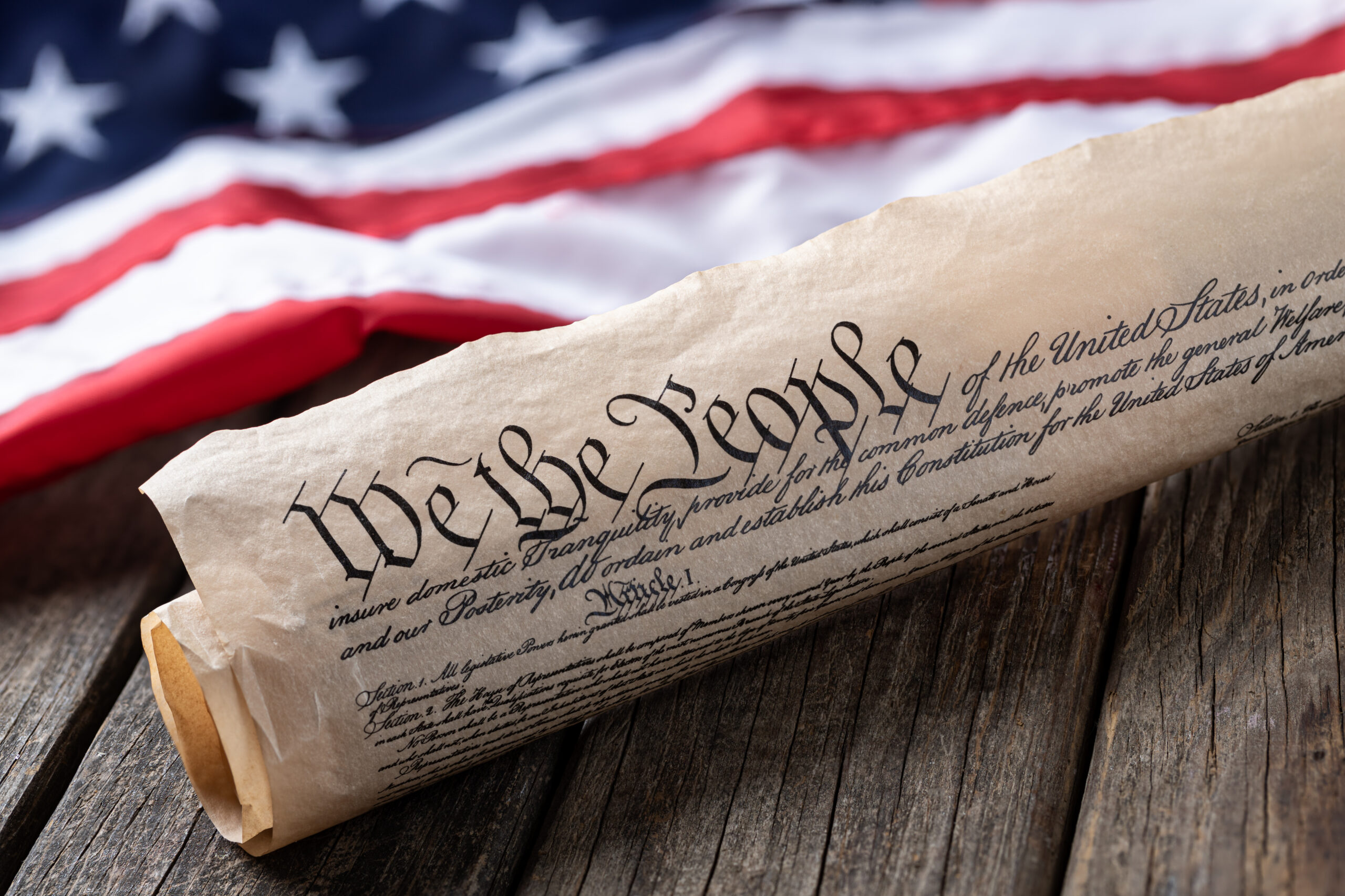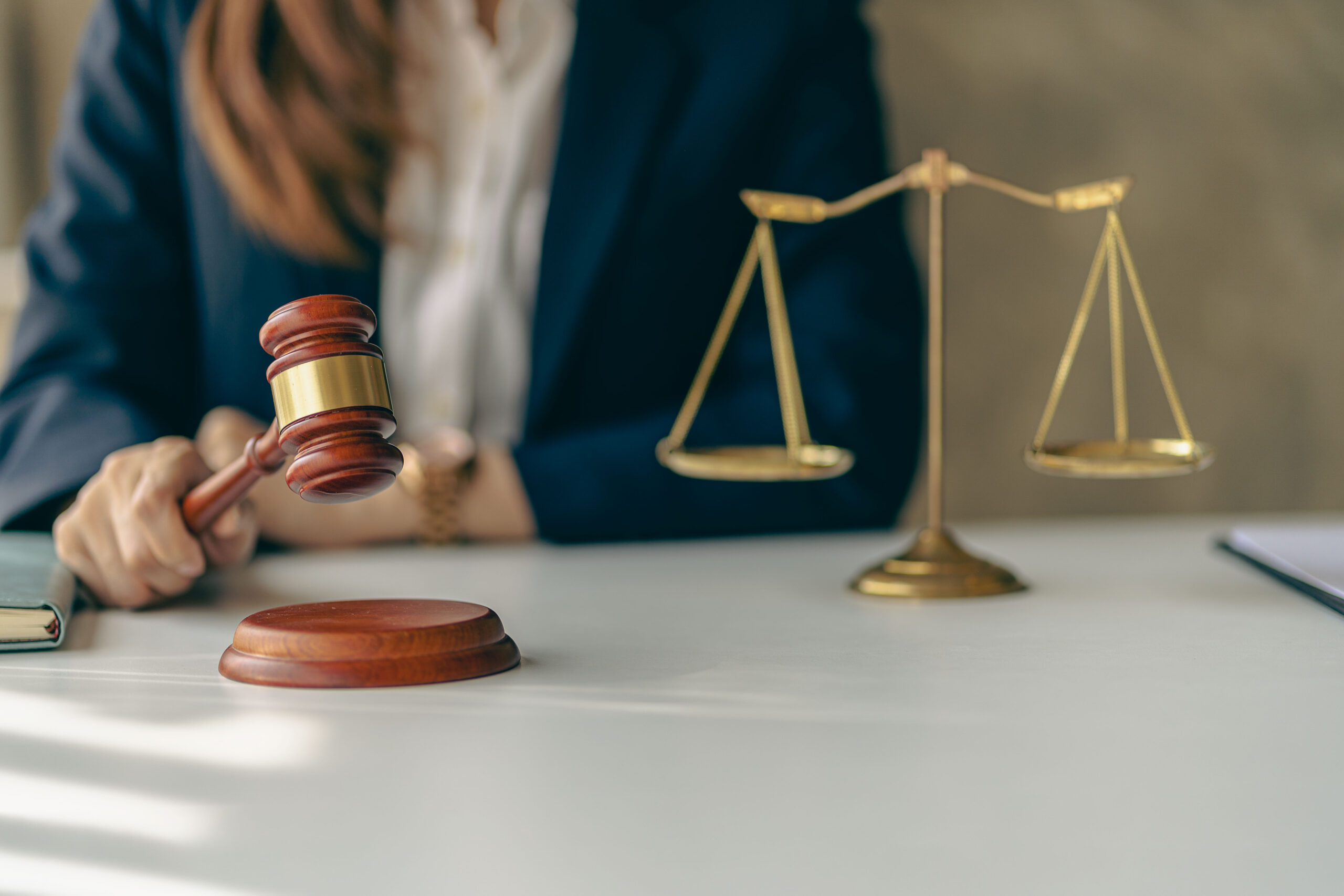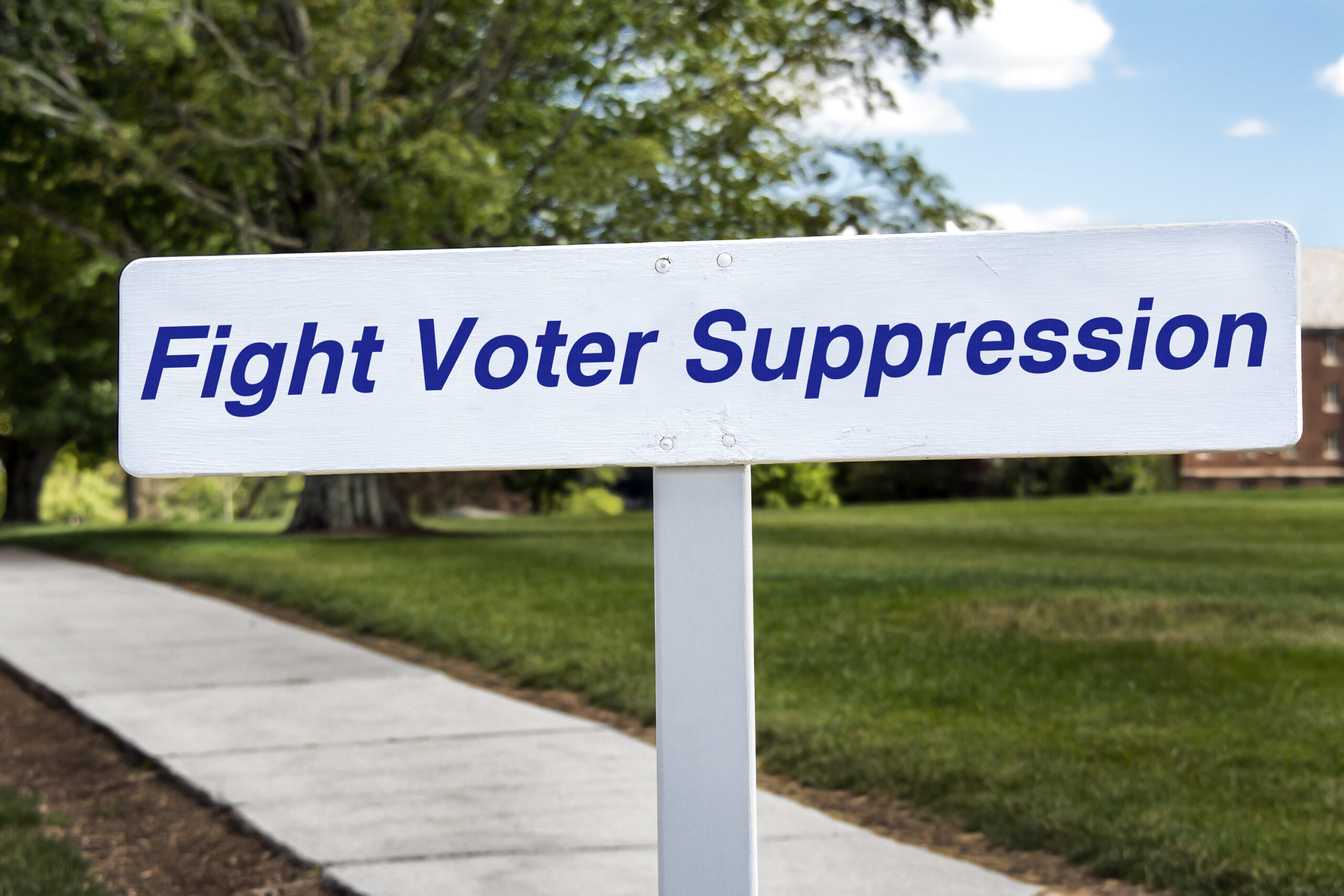Plain Text
I would love to own a machine gun. It would cost me $75 and ten minutes at the milling machine. Locate the selector switch hole, move to the deck a specific amount, and drill a hole. Flip over the receiver and repeat. Then install the parts.
Total time would be around an hour because I would be going slow. The longest time would likely be finding the reamer of the correct size.
Today it would cost me over $10k to buy a machine gun. Because I’m not allowed to manufacture a machine gun, not because of any law directly forbidding it, but because the Hughes amendment in 1986 closed the NFA registration to new machineguns.
That took the cost of an M16 from slightly more than the cost of an AR-15 to astronomical amounts today.
There are other machine guns I would love to make; I’d love to make an M3 grease gun for the Blue-Haired Faire.
But that is not the state of case law today.
The simple answer is that I should be able to go to court and say, “I want to manufacture a machine gun for my personal use. I would do so but for 18 U.S.C. §922. This is in violation of my Second Amendment protected rights.”
The next step that should happen is that the court does a lexical analysis. Are machine guns arms? The answer is obviously “Yes.”
Subsequently, the state must prove that machine guns are both unusually dangerous and uncommon. The Supreme Court has set the upper limit on “common” at 200,000. If there are more than 200,000 machine guns owned for lawful purposes, then machine guns are in common use.
Because the Supreme Court did the analysis in Heller, the common use test is all that must be done. Any other language in Heller, Bruen, or any other Supreme Court finding is outside the holdings of those two cases. That is still good case law.
This is not happening currently. The courts are tying themselves in pretzels to say that machine guns are not arms. Or that “in common use for lawful purposes” actually means “in lawful use for self-defense,” where “self-defense” is defined as pulling the trigger.
Regardless, the fact remains that machine guns are arms, they are protected by the Second Amendment, and they are in common use for lawful purposes. If the number in common use isn’t at the 200k mark, the case can be made that they would be in common use if the law didn’t prohibit making new ones for The People.
This means that there are cases being argued along these exact lines. And the district and circuit courts are doing the shuffle and twist to find machine gun bans constitutional.
The question becomes, do we want a machine gun case to reach the Supreme Court?
I point you to Rahimi. This was a case with a terrible fact pattern. Rahimi was an asshole wife/spouse/girlfriend beater who had no problems shooting at people, brandishing his firearms, and being a criminal thug. If his conviction for having a firearm while being a prohibited person had been overturned at the Supreme Court, he would still have been in prison. The firearms charge was just a topper on all the other charges he was convicted of.
Rahimi was good case law for us. The holding was fairly simple: if you are adjudicated a violent person, you can have your Second Amendment protected rights temporarily abridged. While the inferior courts continue to misuse this case, that was the holding.
If it had been Range that made it to the Supreme Court, we would have had a much more favorable fact pattern. He failed to report extra income he was earning doing odd jobs. He pleaded guilty to the charge. He served no time. The maximum amount of time he could have been sentenced to was exceeding a year.
Under the GCA of 1968, this makes him a “felon” and a prohibited person. There is no evidence he is a violent person. Since his conviction, there have been no other incidents to paint him in a bad light.
Garland did us dirty with Rahimi. He knew the fact pattern was horrible; he used that to get a holding that wasn’t as strong as it might have been in the Range case.
When you or I think of machine guns, we are likely thinking about M16s or an MP-5, or any of those cool things. Most machine gun cases in criminal court are about “Glock Switches.” These cases almost always have bad fact patterns. We don’t want these cases in front of the Supreme Court.
Which leads us to my example case: I file a civil lawsuit with the backing of the gun rights group. It will take a while to make it up the courts: 6 months in the district court another 8 to 12 months before the circuit court opines. Then a year or so waiting for cert., oral arguments, and then the opinion from the Supreme Court.
Just a few million dollars to exercise my God given rights.
What is the likely outcome before the Supreme Court?
I believe that Thomas and Alito would find for The People. Given what Kavanaugh said in Heller II, I expect that he would find for The People as well. Jackson, Sotomayor, and Kagan would find a reason to support gun control. That leaves three justices.
Roberts isn’t to be trusted on this sort of case. That leaves Barrett and Gorsuch. I don’t know where they will fall in that case. I’ve been impressed with Gorsuch and Barrett, but there is too much at stake right now.
What I want to see is a couple of Second Amendment cases make it through this court, with maybe an additional Trump-appointed justice. I would like to see where Barrett, Kavanaugh, and Gorsuch line up before I risk a machine gun case in front of them.
Suppressors, SBRs, and SBS are all ripe for the Supreme Court to take on. Those are tax issues. With a zero tax, there is no justification for the registration process. This means they become firearms regulated under the GCA of 1968, not the NFA of 1934.
Sensitive places is another good subject for the Supreme Court. Kavanaugh thinks we will be seeing a magazine and semi-auto rifle ban before the Supreme Court shortly.
I don’t know about those. I think that the Supreme Court is more likely to take a different subject for direct reasons and then clarify what “plain text” means with explicit language. I’d love to see part of the dict that reads, “Just as AR-15s are arms under the plain text of the Second Amendment, …” because that is a hammer to be used in the inferior courts.









